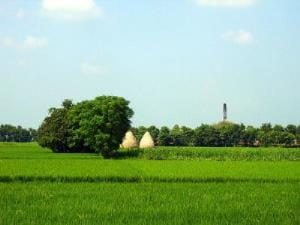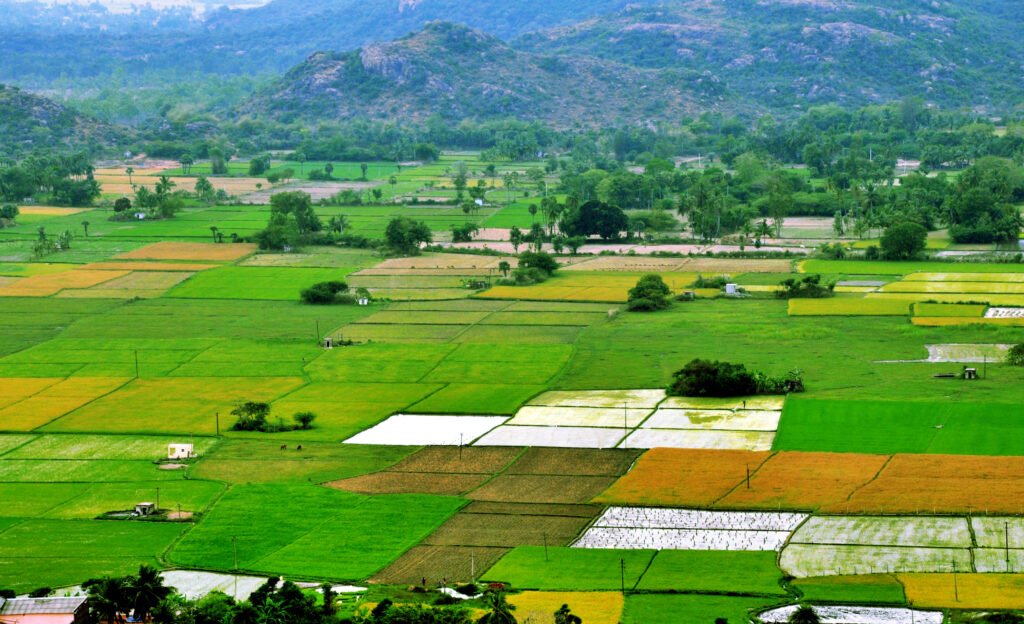An Introduction to Green Revolution in India

The Green Revolution was started in India by then Prime Minister Late Shri Lal Bahadur Shastri, who gave the slogan of “Jai Jawan, Jai Kisan”, according to which, to make the country powerful from a security point of view, is the responsibility of the soldiers while making it self-sufficient in the field of food grains, is the responsibility of the farmers. Though the benefits of the Green Revolution are vividly visible, the Green Revolution in India has also been criticized very often.
Achievements
-
Increase in Production Per Hectare
With the Green Revolution, the productivity of agricultural land has increased with new agricultural implements. The per-hectare production in the country has increased.
-
Self-Dependence
The use of developed and modern agricultural implements is given more importance under the green revolution, which has made a sufficient increase in the agricultural produce of the country. In 1970-71, the food-grain production was eight crore tons which increased to about ninety-five crore tons today. The credit for a huge increase in food-grain production in much less time goes to the green revolution. The production of commercial crops like cotton, jute, oilseeds, etc. has also increased as expected.
-
Commercialization of Agriculture
Till now, agriculture was supposed to be a means of livelihood in the country. Productivity per hectare has increased. Agriculture no longer remains a means of livelihood but now farming is done also for profit-making. In this way, the process of its development has increased naturally.
-
Use of Fertilizers
Now each such farmer of the village has started using chemical fertilizers, who feared its use.
-
Irrigation Facilities in Wider Areas
Due to the expansion of small irrigation plans under the green revolution, the total irrigated area has increased.
-
Change in Attitudes
The old farmers always remained dependent on fate, but the results of the green revolution have changed the attitude of farmers. Now he has started believing in Karma than fate.
-
Reduction in Imports and Export Promotion
On the one hand, food grains, etc. are now produced in the country, by which on the one hand exports have increased, and on the other hand, imports have reduced. This has encouraged import substitution.
-
Use of Insecticides
After the Green Revolution, there has been a sufficient increase in the use of insecticides.
-
Multiple Crop Program
The aim of multiple crop programs was to produce more than one crop during, the year and increase production. This plan was first implemented in 1967-68. For this, at present 80 schemes have been running, in which experiments and exhibitions of growing two or three crops are done.
-
Rural Electrification

Rural Electrification in India Under the Green Revolution, the rural electrification program has been implemented for raising the standard of rural life and providing electricity for agricultural purposes. At the time of implementation of the first plan, electricity was available only in three thousand villages, but now almost 70% of the villages of the entire country have electricity. To provide funds for the supply of electricity in the villages, the Rural Electrification Corporation is also established.

